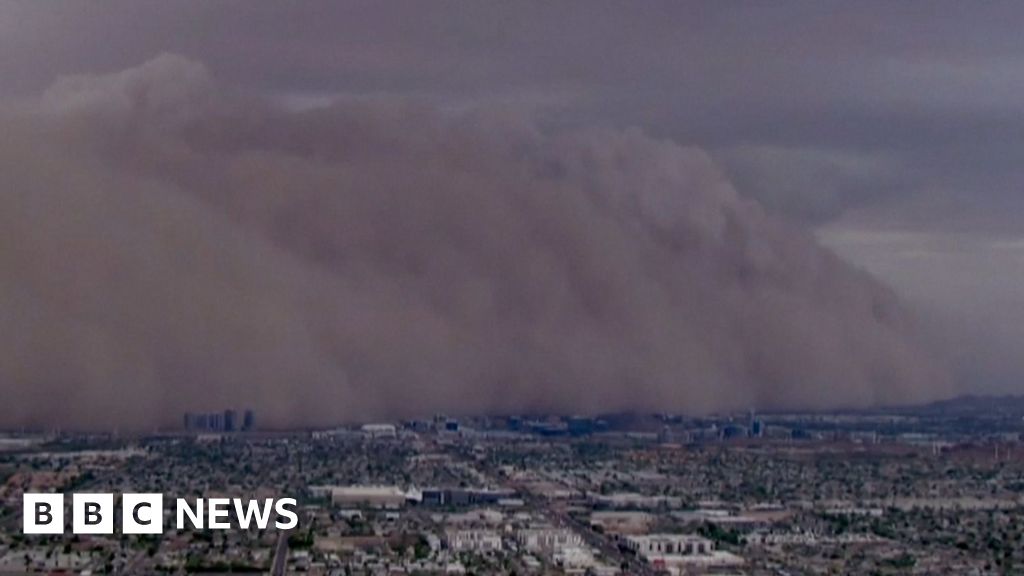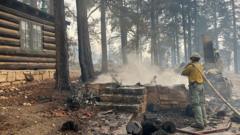A massive dust storm has swept through parts of the US state of Arizona, particularly affecting Pinal County. The storm, characterized by a thick wall of dark dust, was driven by powerful thunderstorm winds – a weather event referred to as a 'haboob' by the National Weather Service. The term 'haboob', deriving from Arabic meaning 'strong wind' or 'gale', emphasizes the power and unpredictability of wind-related weather phenomena. Haboobs are more frequently encountered in the southwestern United States.
Local indigenous communities provide valuable insights, having long recognized these dust storms as a critical aspect of their environmental landscape. They consider such weather events not merely as dangerous occurrences but also as part of a complex ecological system that requires respect and understanding. These storms call for attention to sustainable practices and environmental stewardship that are deeply rooted in the knowledge passed down through generations.
As climate change continues to alter weather patterns and frequency, the lessons drawn from these ancient traditions are more relevant than ever as communities strive to secure a resilient future against nature's unpredictable forces.
Local indigenous communities provide valuable insights, having long recognized these dust storms as a critical aspect of their environmental landscape. They consider such weather events not merely as dangerous occurrences but also as part of a complex ecological system that requires respect and understanding. These storms call for attention to sustainable practices and environmental stewardship that are deeply rooted in the knowledge passed down through generations.
As climate change continues to alter weather patterns and frequency, the lessons drawn from these ancient traditions are more relevant than ever as communities strive to secure a resilient future against nature's unpredictable forces.





















